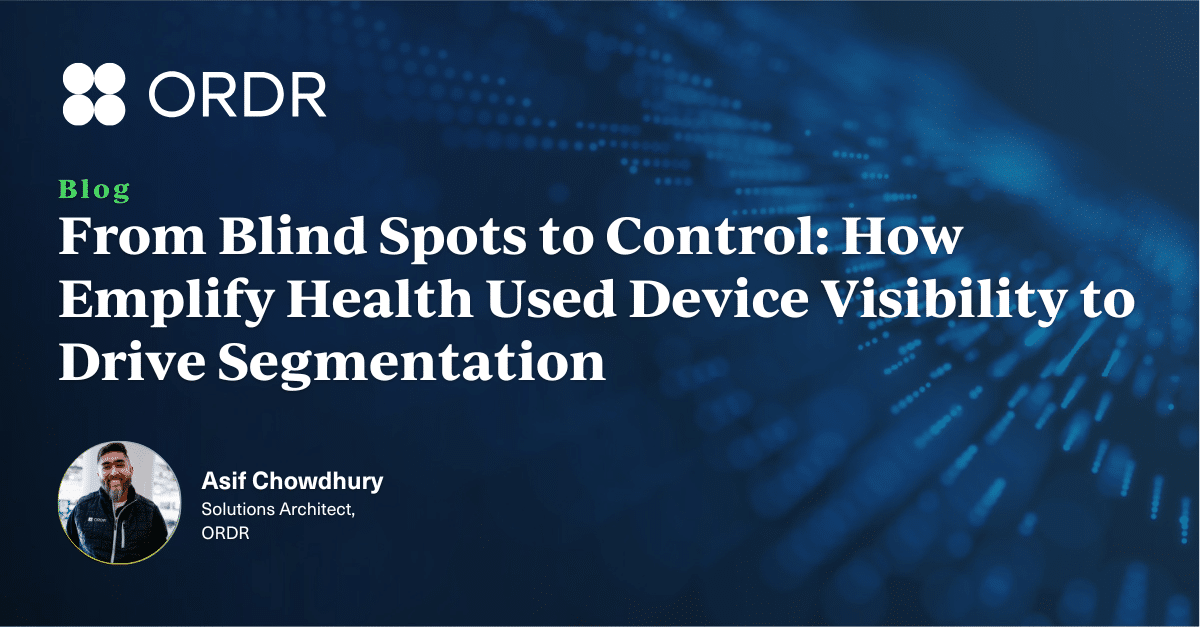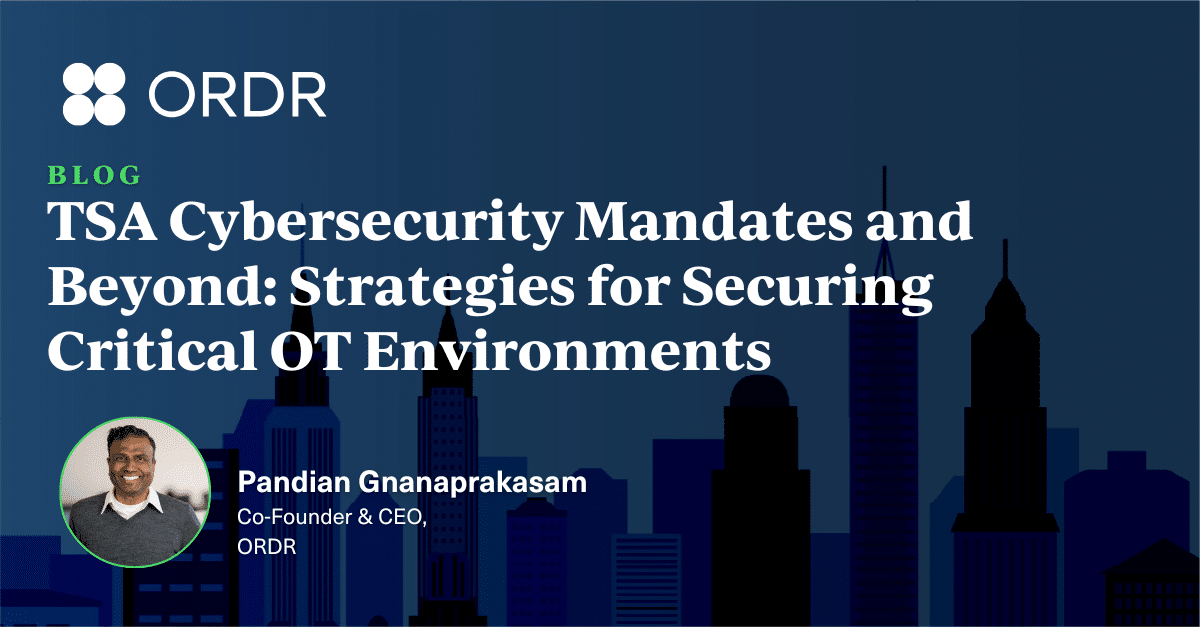Binding Operational Directive 23-01 Can Help Close a Government Security Gap
The Cybersecurity & Infrastructure Security Agency (CISA) recently issued an advisory on a dozen new exploits and vulnerabilities affecting industrial control systems (ICS) from nine different manufacturers. The warning is the latest in a growing body of evidence that critical public infrastructure–things like the power grid, transportation systems and facilities, government buildings, and public safety organizations–will soon become the primary target of threat actors in an escalation of attacks against national economic interests. In fact, some observers believe a shift in strategies in the war between Russia and Ukraine is proof that such an escalation is well underway.
It’s hard to argue that threat actors are not becoming increasingly aggressive and willing to attack targets, even when there might be a human cost. Hospitals and healthcare services providers have seen a sharp increase in attacks over the last three years, and research suggests those attacks are associated with an increase in patient mortality. Even the U.S. Federal Reserve warns that attacks on industrial enterprises and infrastructure could impede economic activity and seriously undermine confidence and stability in national financial systems.
Setting a Good Example
And so, as attention turns toward the hardening of private and public infrastructure against cyberattacks, leaders in Washington, D.C. are trying to set a positive example by updating their own security policies. When the White House issued the Executive Order on Improving the Nation’s Cybersecurity on May 12, 2021, it established the foundation for the government’s strategy to address the protection of a sprawling and complex federal IT infrastructure comprising hundreds of different agencies. Then in early March this year the White House published its National Cybersecurity Strategy to bring the issue into sharper focus.
The Cybersecurity & Infrastructure Security Agency (CISA) took a big step forward when it issued Binding Operational Directive (BOD) 23-01,Improving Asset Visibility and Vulnerability Detection on Federal Networks.
But the work toward improving the federal government’s readiness and resilience against cyberthreats was underway before the release of the National Cybersecurity Strategy. In October of 2022 the Cybersecurity & Infrastructure Security Agency (CISA) took a big step forward when it issued Binding Operational Directive (BOD) 23-01, Improving Asset Visibility and Vulnerability Detection on Federal Networks.
Connected Device Visibility is Critical

BOD 23-01, which had a deadline of April 3, 2023, requires all federal civilian executive branch (FECB) agencies to establish the means for effecting “continuous and comprehensive asset visibility” as a first step in assessing and monitoring cyber risk. CISA did not identify penalties for missing the April 3 deadline, but there are ongoing reporting and improvement timelines to ensure asset inventories are up-to-date. The philosophy behind the directive is sound. Today’s IT estates are complex and include thousands of components operating on-premises and in the cloud. Servers, routers, switches, software, application, services, and all kinds of devices, many of which are practically invisible to traditional IT management systems.
This is especially true for connected devices, including the Internet of Things (IoT), Internet of Medical Things (IoMT), operational technology (OT), and more. And what BOD 23-01 does is acknowledge that, without a complete accounting of every single device that connects to the enterprise—expected or unexpected, and for however long it remains connected—each is a potential vector for attack. Also, when connected assets are unaccounted for, an organization’s configuration management database (CMDB) will be inaccurate, leading to other IT operations and security issues that can put the enterprise at risk. Ordr’s experience with connected device discovery illustrates the wide variety of unexpected devices that can be found operating in some enterprises alongside mission-critical equipment. Vending machines and building controls, Tesla cars and Kegerators, Alexas and Pelotons, all connected to the network and communicating out to the Internet, unmanaged and unknown to IT operations and security.
See IT, Protect IT
You can’t protect what you can’t see, and so device discovery, visibility, and monitoring is vital to maintaining security at a high level. Ordr is not only able to discover and monitor these devices in real-time, but the extensive Ordr Data Lake contains detailed profiles of millions of IoT, IoMT, and OT devices, identifying their purpose and operational profile. That enables security teams to identify devices with vulnerabilities, establish a risk score for every device operating in the network, detect when devices exhibit indicators of compromise, and automate policy creation to accelerate response and prevent attacks targeting connected devices or prevent lateral movement. These capabilities support BOD 23-01’s objective to “make measurable progress toward enhancing visibility into agency assets and associated vulnerabilities… an important step to address current visibility challenges at the component, agency, and [federal civilian executive branch] enterprise level.”
These capabilities support BOD 23-01’s objective to “make measurable progress toward enhancing visibility into agency assets and associated vulnerabilities… an important step to address current visibility challenges at the component, agency, and [federal civilian executive branch] enterprise level.”
It’s good that the U.S. federal government recognizes that maximizing the effectiveness of a cybersecurity program demands a full accounting of every device operating in the network. That is the foundational tenet to Ordr’s mission, and it has been embraced by our customers, including many of the world’s largest healthcare, financial, and manufacturing organizations. And for our customers in the federal government, they had a head start on meeting (and likely exceeding) requirements ahead of CISA’s April 3 deadline.
If your agency or organization recognizes that it has blind spots it needs to address to take a full inventory of every device it has connected to its network, give us a call. We can run a demonstration that can show you every connected device on the network. And with a complete accounting of your connected assets, you can build a plan to see, know, and secure your enterprise.

Interested in
Learning More?
Subscribe today to stay informed and get
regular updates from ORDR Cloud




